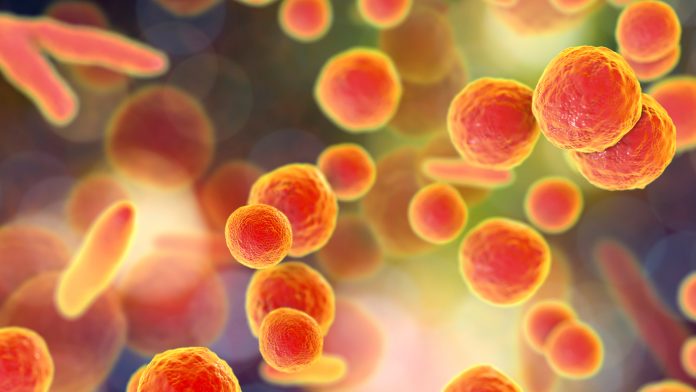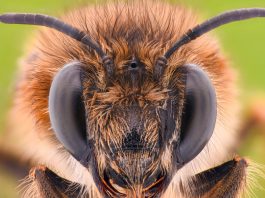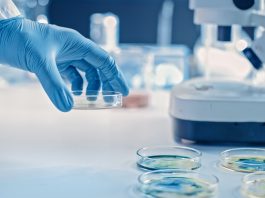In the first discovery of its kind, scientists have identified the gliding machinery of the bacterium Mycoplasma mobile, which may aid in the next iterations of pharmaceuticals and nanoscale devices.
The research, led by Osaka University scientists, has uncovered the movement mechanics of Mycoplasma mobile, with knowledge of the bacterium progressing our understanding of the derivation and operating laws of motility, with their findings aiding in the design of the next generation of nanotechnology and medications.
The research is published in mBio.
Professor Makoto Miyata, the leader of the study from Osaka University, said: “My lab has been studying the molecular nature of bacteria from the Mycoplasma genus for years and we have developed a conceptualisation of how some of these parasitic bacteria ’glide’ around their hosts.”
Mycoplasma mobile functions by developing a protrusion at one end, giving it a cone shape, located at the tapered in are external appendages that lock on to solid surfaces, working in unison with an internal mechanism to glide throughout the surface of its host in the quest for nutrient-rich areas where it can evade the immune response of the host.
Kohei Kobayashi, the first author of the study, explained: “What we lacked was a visual understanding of the internal mechanism, and for this, we needed the right technology.”
To achieve this, the team employed high-speed atomic force microscopy – in the form of a state of the art microscope capable of identifying biological molecules at nanometre and sub-second spatiotemporal resolution. This allowed the researchers to scan Mycoplasma mobile cells and successfully analyse their internal structural movement.
To successfully visualise the complete motor mechanism in a stationary state, the researchers immobilised the Mycoplasma mobile on a glass substrate, penetrating the surface of the cell with a fine needle of HS-AFM, clarifying its structure with prior measurements achieve through electron microscopy. The scientists then computationally extracted the signals in the video images to differentiate the internal structure from the appendages, discovering that an internal chain structure was initiating a nine-nanometre movement to the right in the external appendage, relative to the gliding direction. Furthermore, a two-nanometre movement into the cell interior in 330 milliseconds was observed before moving back to the original position.
Miyata said: “In the future, we intend to isolate the molecular motors and analyse the cells with a higher spatial and temporal resolution, and through electron microscopy, understand the mechanism for the gliding motion at the atomic level.”









